Permanent connection polyethylene-steel
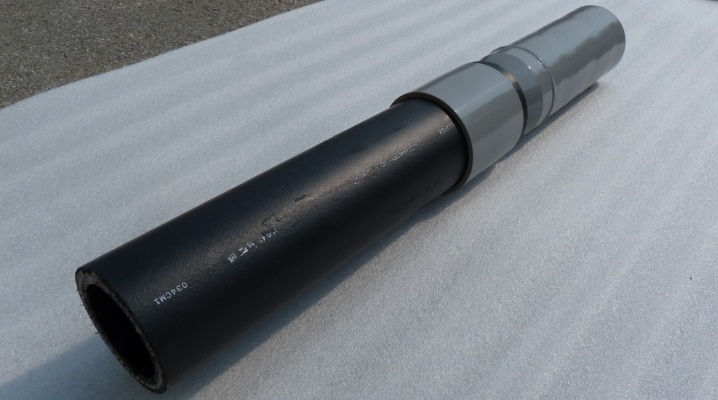
The permanent polyethylene-steel connection is a very important element in various fields of technology. With the help of this bundle, a transition of 110x108 and 63x57 for gas and water is provided. There are also other sizes of connections, but in any case, the key parameters are fixed in GOST.
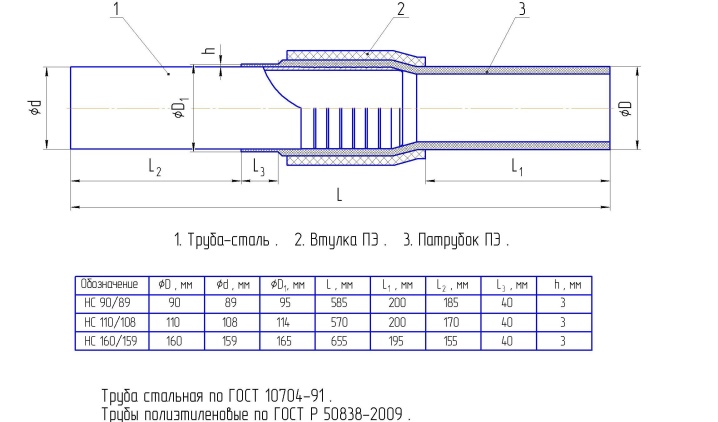
Description
The permanent joint polyethylene-steel is a specialized product for pressure pipelines. The essence is very simple: a steel pipe section and a polyethylene pipe segment are hermetically connected. A coupling device of this type is much more promising than traditional side bushings. It has long been established that polyethylene pipelines laid underground experience significant compensatory loads of various types. Both elongation and compression of these products are accompanied by their mechanical deformation and significant wear.

Bushings, or rather, their collars made of polyethylene, may not withstand the generated impact and break at the point of contact with the steel flanges.
And here the polyethylene-steel flange adapter is much more reliable, and it is even openly recommended by many regions of Russia in their territorial technical standards. The rigid attachment of the flange to the steel block of the one-piece bundle is very reliable - this solution eliminates the need for further maintenance and repair work.

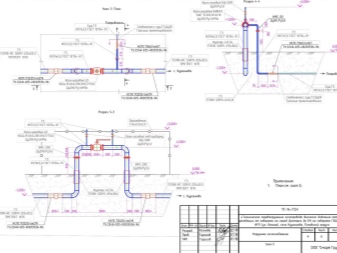
Products for the transition from steel to polyethylene and vice versa may be subject to the requirements of GOST 3262, 10705, 20295. For gas pipeline systems, technical conditions 4859-026-03321549-98 apply. The creation of water supply lines is possible subject to technical conditions 2248-001-86324344-2009. The highest pressure, depending on the specific category, can be 1 or 1.6 MPa. A typical layout includes:
-
polyethylene and steel billets;
-
clutch;
-
the length of the release of polyethylene and steel sections;
-
total length;
-
diameters of both blanks;
-
thickness of materials;
-
the length of the overlap.

Features of production
Getting "transitions" is made using polyethylene and steel pipes. If polyethylene is used and a gas pipeline needs to be prepared, the norms of the GOST R 50838-95 standard apply. For water pipelines made of polyethylene, the standard GOST R 18599-2001 is used. If the transition is made to a steel pipe, you will have to focus on the standards of GOST 10704-91, 8731-74, 8732-78. Non-collapsible joints are created using a socket.
The connection point is heated to the temperature at which the polyethylene softens. The polymer will wrap around the steel pipe.

Preparation of gas distribution lines with pressures up to 600 kPa has its own characteristics. They are created using a reinforced transition. A crimping sleeve is strung onto such a transition - it goes over the bell.
The procedure is different when working with pipes of DN category and with a diameter of 20 to 40 mm. They are collected in a cold way, heating is not used. The prepared transition is thoroughly tested for tightness. The axial load test is also important. Last of all, they find out how resistant the product will be with a stable internal pressure.
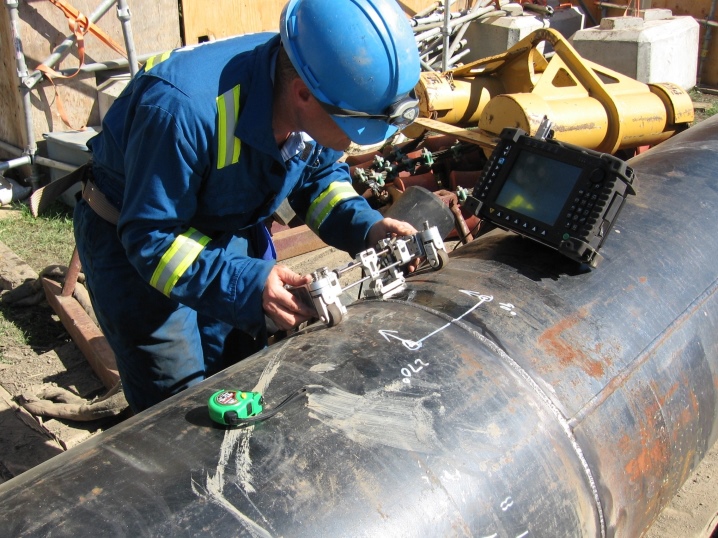
The production of permanent polyethylene-steel joints is currently very developed. Modern technologists have mastered the diameters of such products ranging from 35x25 mm and ending with 1400x1420 mm. Therefore, the industry can satisfy the request of the builders or owners of any pipeline. Sufficient quality is guaranteed only by large suppliers who are able to check the shipped goods in special laboratories.Of course, they use only impeccable modern equipment, which is operated by qualified employees.
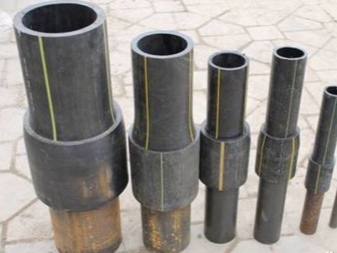
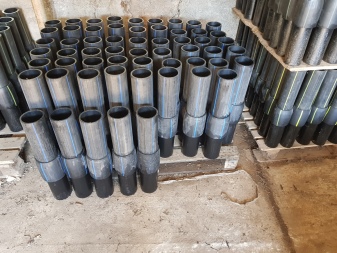
Applications
Non-separable polyethylene-steel adapters are used for gas and water. The specific options for the piping system are irrelevant. Since there are no specific requirements for maintenance and use of such parts, they can be used even for gas pipelines and water supply systems without special inspection chambers.
The rigid type of connection provides resistance to any load. At the same time, maintenance and repair costs are significantly reduced. The PE type adapter is suitable for any kind of pipeline communications under houses, summer cottages and other objects, including the sewage system. In the process of application, they carry out butt welding or thermistor welding. On the side of steel communications, the one-piece connection is mounted by electric welding; it can be stored even in an unheated room, but for a maximum of 24 months.
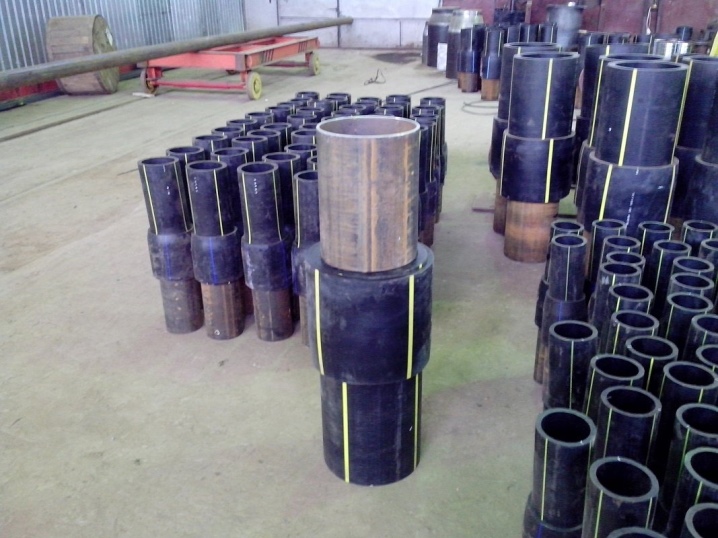
Permanent joints polyethylene-steel can be used in conjunction with valves made of cast iron or steel, placed on the pipeline for gas or water from PET.
An alternative is the use of steel branch sections for main and local polyethylene pipes. In addition, NSPS (permanent polyethylene-steel connection) can help when it is necessary to consistently replace sections for gas pipelines made of steel with polyethylene segments. In some cases, this turns out to be more practical and economical than replacing the material at once along the entire length. Finally, you can also embed branch lines from PET pipes into the already operated steel pipeline.
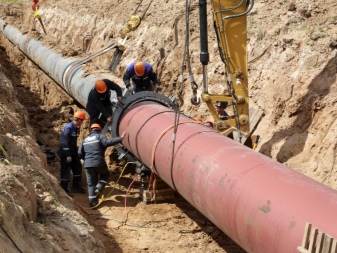
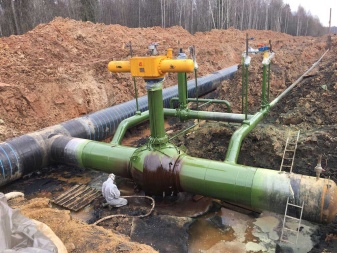
What are they?
Typical dimensions of the NSPS can be 63/57, or rather, 63/67 / 3.5. Alternative dimensions are as follows:
-
32/25/3,2;
-
60/32/3,2;
-
50/60/3,5;
-
75/76/3,5;
-
90/89/3,5.
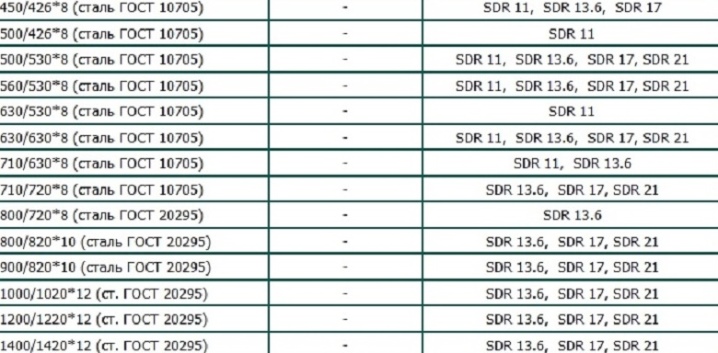
Along with these parameters, with a connection of 63x57 and 110x108, there are products:
-
125/108/6;
-
160/133/6;
-
160/159/5;
-
180/159/5;
-
200/168/5;
-
200/219/6;
-
225/219/6;
-
250/273/7;
-
400/377/8;
-
500/530/8;
-
800/820/10;
-
1200/1220/12;
-
1600/1420/12.
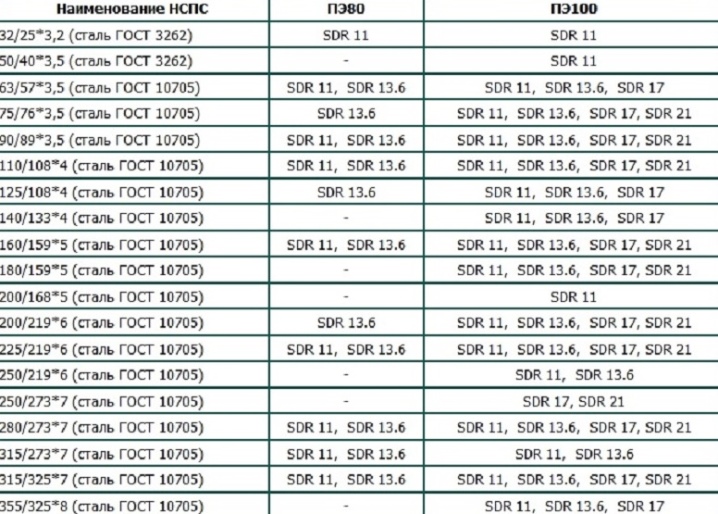
In addition to the difference in size, it is customary to distinguish:
-
conventional basement gas inlets;
-
basement gas inlets in the shape of the letter G;
-
the same inputs in the form of the letter I (straight lines);
-
insulating squeegees;
-
insulating welded connections.
How to connect a steel pipe to a polypropylene pipe, see below.













The comment was sent successfully.